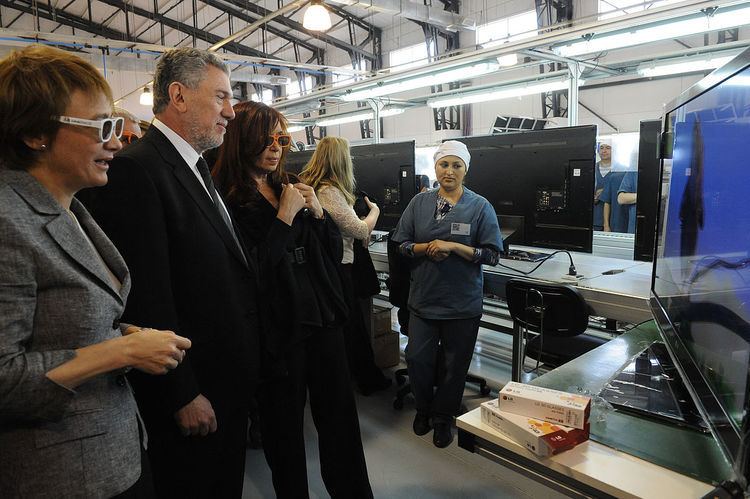 | ||
Industry was in 2012 the largest single sector in Argentina's economy, with a 20.3% share of GDP. Well-integrated into local agriculture, half of the industrial exports have rural origin.
Contents
With a 6.5% production growth rate in 2011, the diversified manufacturing sector is organized around a steadily growing network of industrial parks (314 as of 2013)
Sectors
In 2012 the leading sectors by volume were: food processing, beverages and tobacco products; motor vehicles and auto parts; textiles and leather; refinery products and biodiesel; chemicals and pharmaceuticals; steel, aluminum and iron; industrial and farm machinery; home appliances and furniture; plastics and tires; glass and cement; and recording and print media. In addition, Argentina has since long been one of the top five wine-producing countries in the world.
Industrial centers
Córdoba is Argentina's major industrial center, hosting metalworking, motor vehicle and auto parts manufactures. Next in importance are the Greater Buenos Aires area (food processing, metallurgy, motor vehicles and auto parts, chemicals and petrochemicals, consumer durables, textiles and printing); Rosario (food processing, metallurgy, farm machinery, oil refining, chemicals, and tanning); San Miguel de Tucumán (sugar refining); San Lorenzo (chemicals and pharmaceuticals); San Nicolás de los Arroyos (steel milling and metallurgy); and Ushuaia and Bahía Blanca (oil refining). Other manufacturing enterprises are located in the provinces of Santa Fe (zinc and copper smelting, and flour milling); Mendoza and Neuquén (wineries and fruit processing); Chaco (textiles and sawmills); and Santa Cruz, Salta and Chubut (oil refining)
The electric output of Argentina in 2009 totaled over 122 TWh (440 PJ), of which about 37% was consumed by industrial activities.
